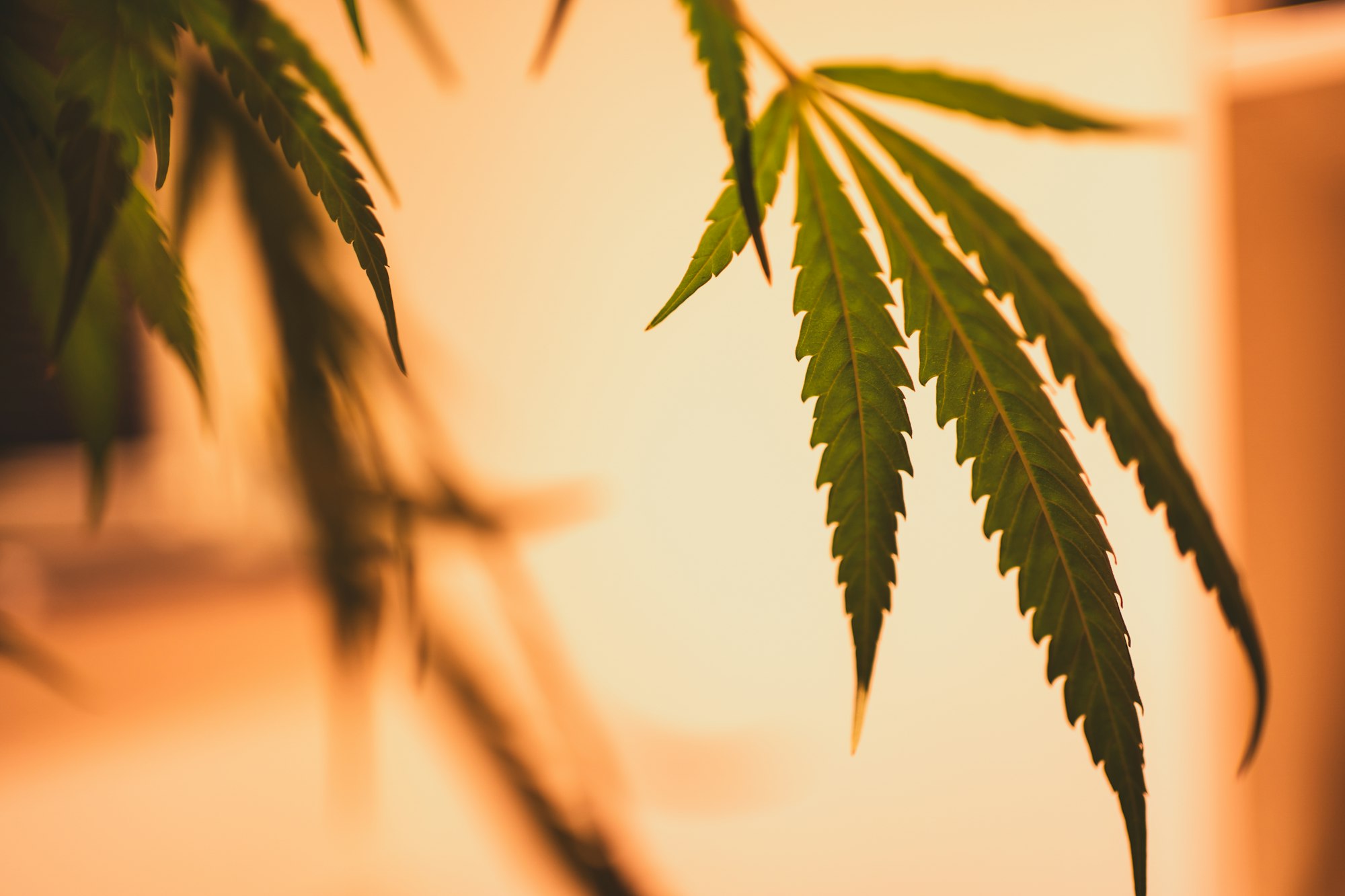The chemistry behind cannabis' skunky scent
For decades, the distinct skunk-like aroma of cannabis - which many have attributed to terpenes - has intrigued both its lovers and its critics. Recently, a study published in ACS Omega has identified another source.

For decades, the distinct skunk-like aroma of cannabis has intrigued both its enthusiasts and critics. While many have attributed this unmistakable scent to terpenes—compounds responsible for the wide range of fragrances in plants—a recent study published in ACS Omega has identified a different source: volatile sulfur compounds (VSCs).
Through the analysis of 13 cannabis strains, researchers pinpointed a previously unknown group of VSCs—designated as VSC3 through VSC7—that closely resemble the sulfur compounds found in garlic. Among these, VSC3 emerged as the primary contributor to the skunk-like smell, though its effect is not isolated. The study revealed that the interplay of VSC3 with other sulfur compounds, such as VSC5, intensifies and modifies the aroma. This interaction is particularly notable in cannabis extracts, where higher concentrations of these compounds amplify the pungency.
Furthermore, the researchers found that even when present in small amounts, VSC3 could dramatically alter the overall fragrance, demonstrating its pivotal role in creating the characteristic cannabis scent.

The evolution of these sulfur compounds during the plant’s life cycle is another crucial finding. As cannabis matures, VSC concentrations increase significantly, reaching their peak during the drying and curing process. However, these compounds are highly volatile, meaning they dissipate quickly after the flower has been stored for about a week. This volatility explains why freshly cured cannabis often has a stronger aroma compared to older flowers.

One of the most fascinating aspects of this research lies in the structural similarities between the sulfur compounds in cannabis and those in garlic. Garlic’s VSCs are well-known for their health benefits, including potential antitumoral properties and cardiovascular support.
The researchers suggest that cannabis VSCs might exhibit similar biological effects, offering a new direction for future studies into their therapeutic potential. This connection between the two plants highlights the broader importance of sulfur compounds in nature and their possible applications in health and medicine.

The impact of this discovery goes beyond academia. For cannabis cultivators and manufacturers, understanding the chemical origins of the plant’s aroma can influence breeding strategies aimed at enhancing or suppressing certain scents. Products such as cannabis extracts, known for their concentrated aroma, could benefit from processing techniques that manage VSC levels to cater to diverse consumer preferences.
Additionally, this knowledge could drive innovation in packaging technology to better preserve the freshness and aromatic profile of cannabis products, addressing a key challenge faced by the industry.
Importantly, the study underscores the intricate nature of cannabis' scent profile. While VSC3 is a major driver of the skunky smell, it is the synergy between multiple volatile sulfur compounds and other aromatic components that creates the nuanced fragrance associated with cannabis flowers. This complexity reflects the broader biochemical diversity of cannabis, offering insights into the plant’s evolution and its interactions with the environment.

Beyond providing an explanation for its distinct smell, these findings introduce a new category of cannabis metabolites with potential medicinal properties. As researchers delve deeper into the biochemical intricacies of cannabis, the insights gained will likely influence not only product development and consumer experiences but also the broader understanding of the plant’s role in health and wellness.


